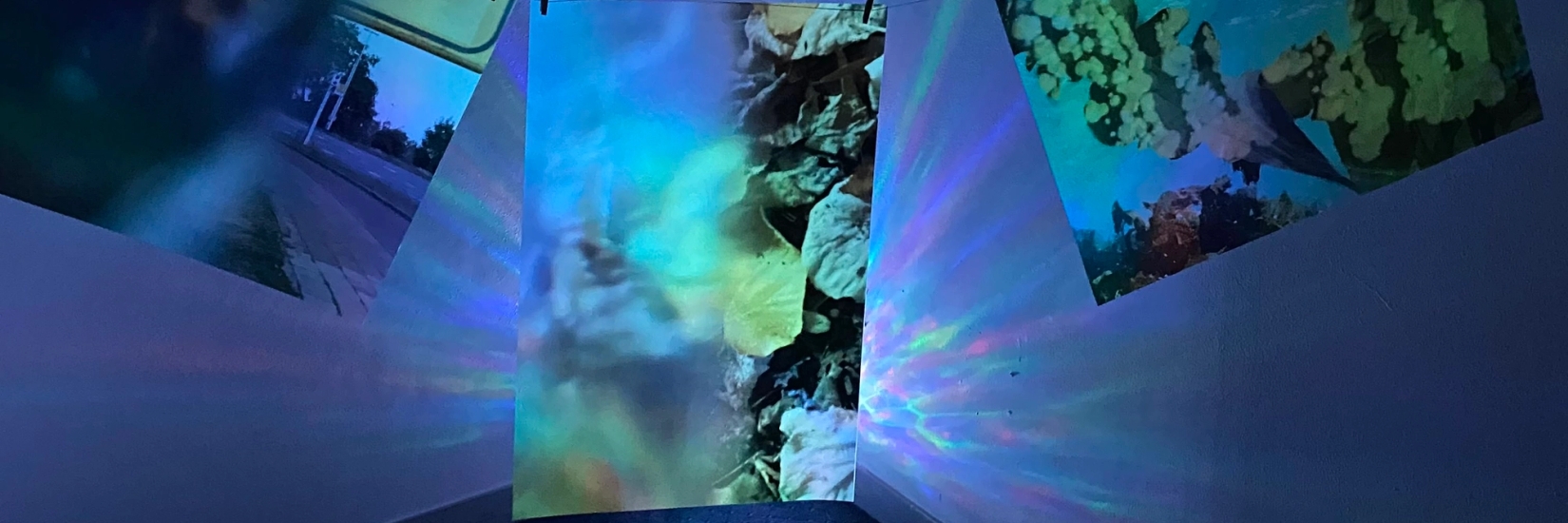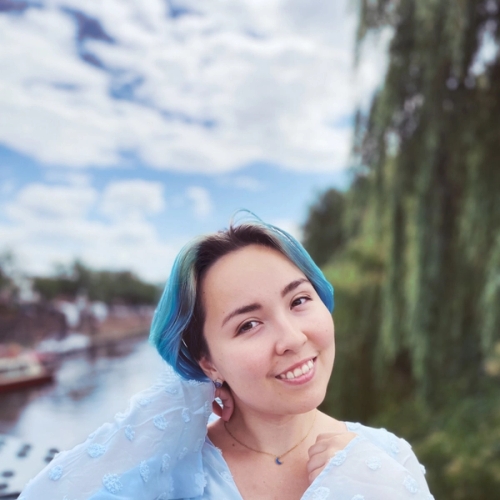

Mikaela Reinton
Annet, Keramikk / Leire
E-post
mikaelareinton@gmail.com
Telefon
41344645
Nettside
–
Sted
Kråkerøy
Sosiale medier
I’m a young Norwegian visual artist with a background in biology, currently exploring sculpting and ceramics, and how to incorporate biology into my practise. With a distinct passion for the marine environment and the unknown biodiversity, I investigate how to communicate emerging ecological issues to the public. Living by the coast of Norway, I spent many summers on the boat or snorkelling in the waters and seeing the life gradually disappear throughout the years. As a bridge between science and art, I aim to make interdisciplinary research available and accessible for people. This to spread awareness of human environmental and ecological impacts in a comfortable learning space. Due to my interest in cosplay, video games and Asian culture from a young age, my practice follows a whimsical aesthetic and mystical imagination. I create immersive installations with playful characters, that makes even the hardest ceramics come alive. I took my bachelor’s in biology at Norwegian University of Life sciences in 2021, then later took a three-month internship in dolphin research at the Blue World Institute in Croatia. Through my degree and internship, I got experience with field work and scientific research. A few months later in 2022, I discovered bio-art and decided to pursue art professionally. Currently, I am finishing up my master’s degree in fine art and design in the Netherlands at St. Joost School of Art and Design (Master Institute of Visual Cultures) with the program "Ecology Futures" this spring.
2024
(Progress) Growing Sculptures🌿 Collaborative storytelling as a stepping stone towards sustainability.
Master project in progress, shown at Kunstruimte de Melkfabriek, Den Bosch, the Netherlands, during Lateral Roots exhibition: The project seeks to promote interdisciplinary research by combining biol…
2023
Bacterial Industrialism
A part of "Creative Capsule" exhibition at Kunstpodium T in Tilburg, the Netherlands. Industrialism and nature going at war, but merging. A rather "messy" installation representing the chaos of natur…
2023
Semester exhibition: Kelp forest
How do stories and mythologies act as a methodology within design to alter perceptions of humanity`s relationship to nature? Can stories reveal our entangelments with the Earth to thus design in more …
2022
Sharpness.
Exploring the concept “forensic architecture”, I looked for evidence at two dairy farms in The Netherlands (one industrial, one organic) that is not from a human or cow perspective. Etc. dirt undernea…

2022
Bacteria Lamp
Short version: Dried kombucha looks similar to fish skin and can be used as an alternative to real leather or as a bio plastic. Shaped as a fish to direct attention to the history of miners. Fish skin…